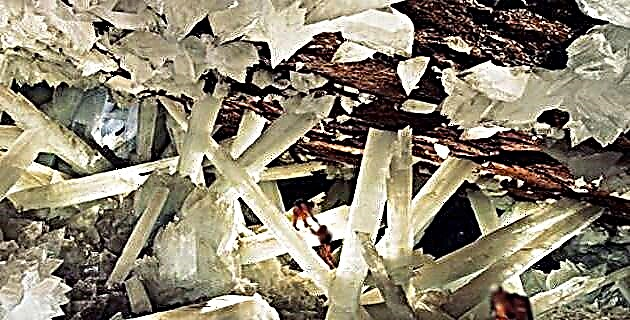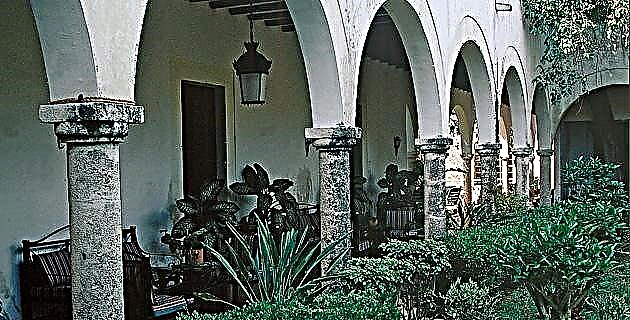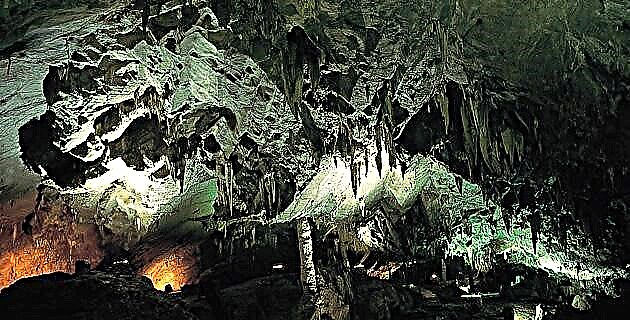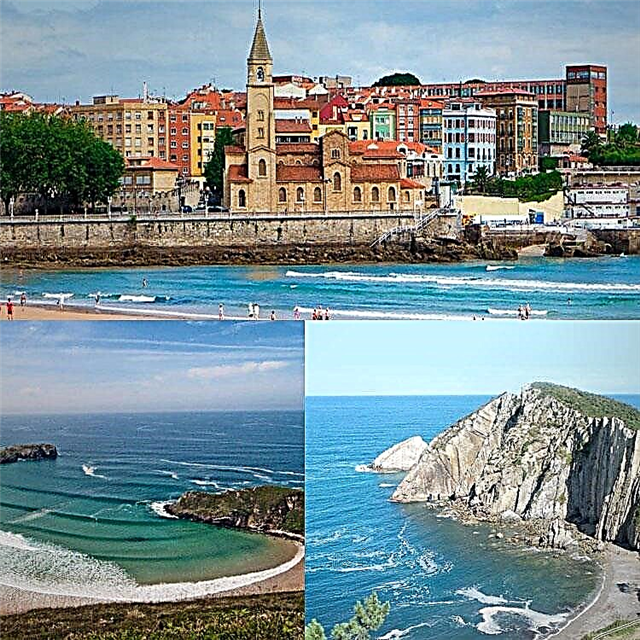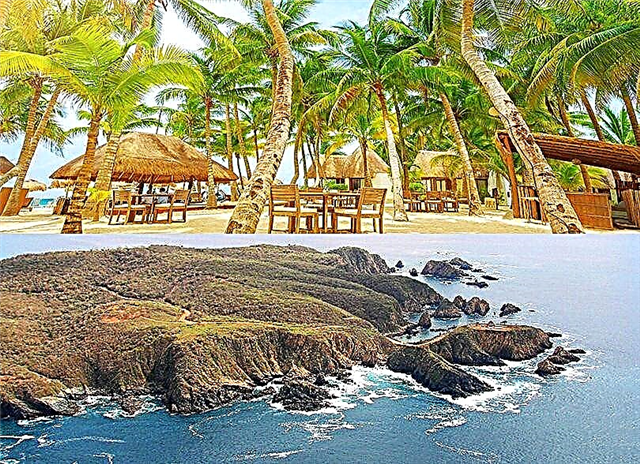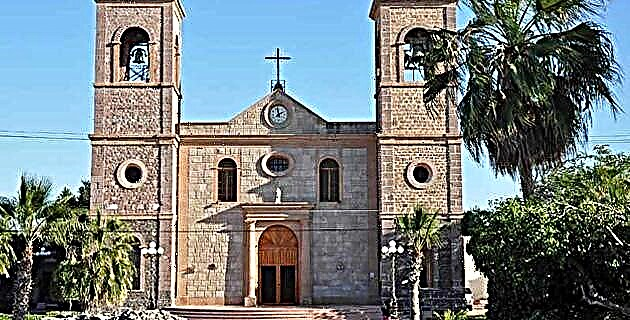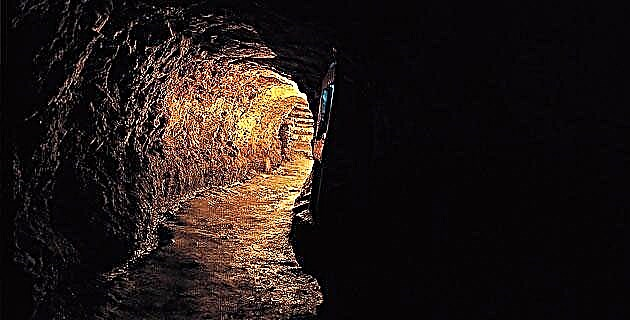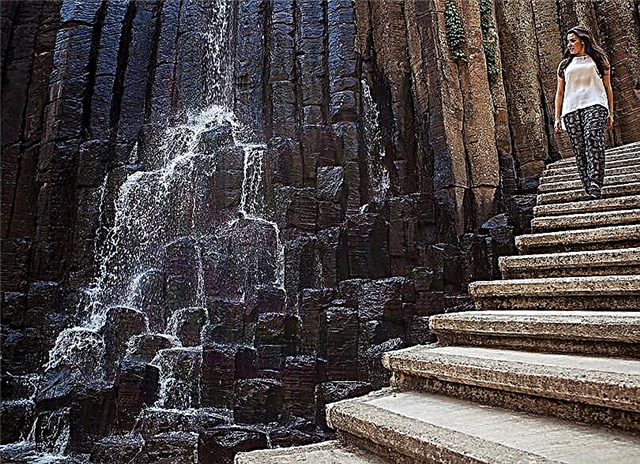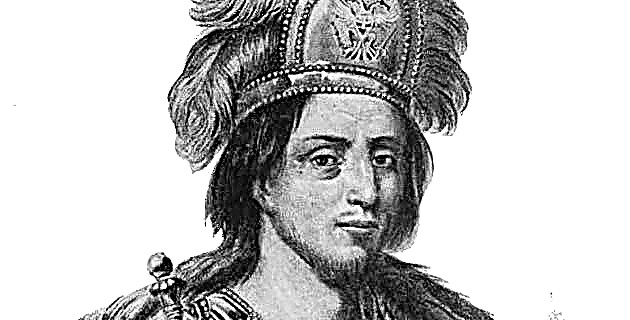
On the occasion of the upcoming enthronement of Moctezuma Xocoyotzin, the ninth Tenochca sovereign, Mexico City-Tenochtitlan was experiencing moments of real turmoil, as it had not had for many years.
In the sacred precinct, the young men in charge of the care and cleaning of the temples vigorously swept the floors in order to make them gleaming for the big day; likewise, the priests supervised the decoration of the altars that would support the sacred images, which, carved in stone or modeled in clay or amaranth seeds, were silent witnesses to that human bustle.
Outside the compound, in the houses, in the market and in public squares, people did not hide their natural expectation for the early start of the festivities, eagerly awaiting the triumphal return of the armies commanded by the newly elected sovereign, which They would have captured hundreds of prisoners in Tepeaca who would see the end of their days in the framework of the official enthronement ceremonies.
Great, then, was the joy in the city of Huitzilopochtli; Gone were those sad days when the Mexica people mourned the death of their previous ruler, the brave warrior Ahuízotl, who for sixteen years had ruled in Tenochtitlan, giving great bonanza to his kingdom and extending its borders to the distant province of Xoconosco, where the precious cocoa that was used in the markets as currency began to arrive.
Ahuízotl, “the water dog”, died in 1502, after his body, exhausted by age and diminished by a strong blow to the head with a lintel of his own palace during the ravages of the last flood that hit the city, could take no more.
Those mournful days ended when the tlatocan, the supreme council made up of old hierarchs and senior members of the militia, chose the successor of Ahuízotl from among several candidates: his nephew, the virtuous Moctezuma Xocoyotzin, son of Axayácatl, the sixth tlatoani tenochca, who in turn, he was one of the grandsons of Huehue Moctezuma Ilhuicamina, that powerful ruler whom the Mexica people admired so much for his courage in war and for his wise way of governing; It was precisely that glorious past that influenced Axayácatl to name his son in the same way: Moctezuma, whose meaning in the Mexican language is "frowning gentleman", that is, the one that shows the firmness of his strong character on his face. The Mexica, to differentiate him from the first Moctezuma, also called him Xocoyotzin, "the young man."
When the resolution of the tlatocan was known, the emissaries went to the temple where Moctezuma was to notify him of the decision taken. Without great surprises, he accepted the difficult undertaking of directing the destinies of the Mexica empire, received affectionate expressions of support from his friends and family, and listened very attentively to the eloquent congratulatory speeches of the rulers of Texcoco and Tacuba, who invited him to consolidate and surpass the great achievements of their predecessors, always seeking Mexica dominance over the known universe.
As the initial and propitiatory act of his future reign, Moctezuma gathered a large number of skilled Mexican and Texcocan warriors, with whom he marched towards the rebel province of Tepeaca in order to capture a considerable number of enemy warriors, who would be sacrificed during the ceremonies that would mark the beginning of his reign.
The triumphal return of the armies was celebrated with great excitement by the people, and allowed Moctezuma to render a cult of glorification to Huitzilopochtli for four days, on top of his temple, until the date of the official enthronement arrived.
That morning, the splendid sun illuminated a radiant Tenochtitlan, in the middle of the transparent lakes. High leaders, old wise men and military leaders attended the ceremony, and even some foreign rulers, such as those of Mechoacan and Tlaxcala, who, confused among the members of the Mexican nobility, had been invited to witness that unprecedented event.
Nezahualpilli, the ruler of Texcoco, and the lord of Tacuba, assisted by the Cihuacóatl of Tenochtitlan, son of the courageous Tlacaélel, dressed Moctezuma with the costumes that identified him with the primordial gods: Xiuhtecuhtli, Tezcatlipoca and, of course, Huitzilopochtli. Jade necklaces encircled her neck and gold bracelets glittered on her forearms, while the elegant blue tilma covered her body hardened by penance and the roar of wars of conquest.
However, the identity of supreme sovereign was given to him by the shell and feather ornament that he would wear on his left arm, the gold nose ring that he would wear, by means of a perforation, in the nasal septum, and very especially the xiuhitzolli, or gold diadem inlaid with turquoise; All these valuable insignia credited him as the huey tlatoani of Tenochtitlan and dominator of all the lands that bordered the rays of the sun.
The ceremonies were celebrated with numerous musicians who happily played their drums, teponaxtles, flutes and whistles, accompanying the solemn dances that lasted late into the night, although there were so many fires lit that the people gathered there seemed to continue celebrating in the middle of the night. day light.
As a first measure of his reign, Moctezuma made his court aware that from then on only those young people who could prove their lineage would be at his service, eliminating the common people who had worked for the previous sovereigns.
Immediately afterwards, Moctezuma began the reconquest of the populations that had taken advantage of the occasion to rise up, to later subdue new provinces, on which he imposed heavy taxation; With all this he managed to make his name become, inside and outside the empire, a reason for fear and respect.
These were the last enthronement ceremonies of a Mexica tlatoani that the inhabitants of Tenochtitlan contemplated. Moctezuma took seriously his role as the living image of the god Xiuhtecuhtli, making extreme the etiquette that governed the conduct of the ceremonial in the palace; no one could look him directly in the eye or turn his back on him. European chroniclers mention pageantry in their daily activities and even more so in those of an official and ritual nature; for example, he did not use for the second time the suits he wore and the containers where he ate.
This ninth tlatoani in the imperial lineage of Mexico-Tenochtitlan would face his destiny in the meeting he held with Hernán Cortés and the Spanish hosts that accompanied him, on a section of the Iztapalapa road, at the very beginning of the Aztec capital; there the indigenous sovereign would receive the Iberian captain in a friendly manner, without suspecting that in a short time he would die in a shameful way at the dawn of the armed conflict, which would culminate in 1521 with the destruction of his beloved city ...
Source: Passages of History No. 1 The kingdom of Moctezuma / August 2000

